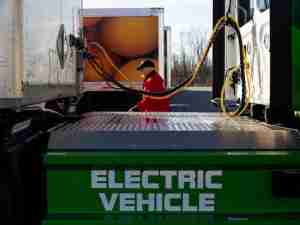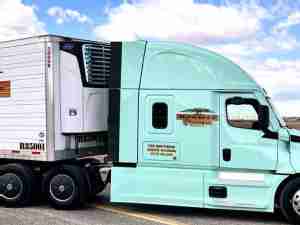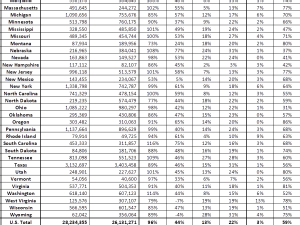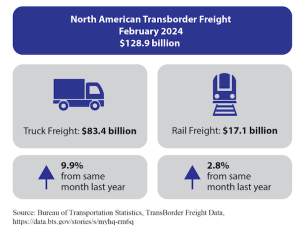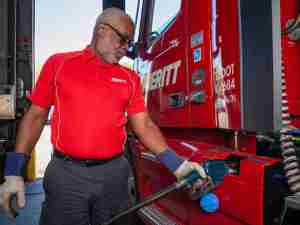Britain is still suffering a 50,000 shortage of lorry drivers as the industry battles to counteract a “hemorrhaging” of older workers and new recruits.
The haulage industry warned it is struggling to replace departing staff and that Britain risks sliding back into the driver crisis that led to petrol pumps running dry and gaps on supermarket shelves.
The Road Haulage Association said the shortages are less acute than they were in the 2021 crisis after a push to sign up staff. But it warned that it is still hard to fill vacancies created by drivers leaving the industry, threatening to reverse the progress made.
There is also a “growing and acute” shortage of technicians to maintain the heavy goods vehicles, the RHA said in an interview.
Brexit and the Covid pandemic were blamed for creating huge lorry driver shortages, causing pay in the sector to skyrocket and forcing ministers to intervene. In 2021, the shortfall was deemed to be as large as 100,000 but there is still a 50,000 gap straining the sector, despite a government-backed training drive, the RHA said.
“We’ve got people joining us, but we’re hemorrhaging at the other end at quite a big rate,” said Rod McKenzie, executive director of policy and public affairs at the RHA.
“Sometimes drivers who sign up to be a lorry driver discover it’s not for them after doing the job for a little while, which can be frustrating because we spend a lot of money on training. And then the other thing we have is the age profile of lorry drivers, which is old.”
He added that the number of new recruits “is not really keeping pace” with the drivers who are retiring, calling it a “ticking time bomb” of demographics.
McKenzie said sustained government action is needed to provide enough drivers, such as an extension to the “skills boot camps” that “certainly worked” to train up workers.
Post-Brexit immigration controls and Covid curtailed the supply of drivers from the European Union, while the industry also has a disproportionately older workforce heading into retirement. Long hours and poor working conditions have also been blamed.
At its most acute, the driver shortfall caused chaos in supply chains in the UK, creating shortages at many petrol forecourts, supermarkets and restaurants.
